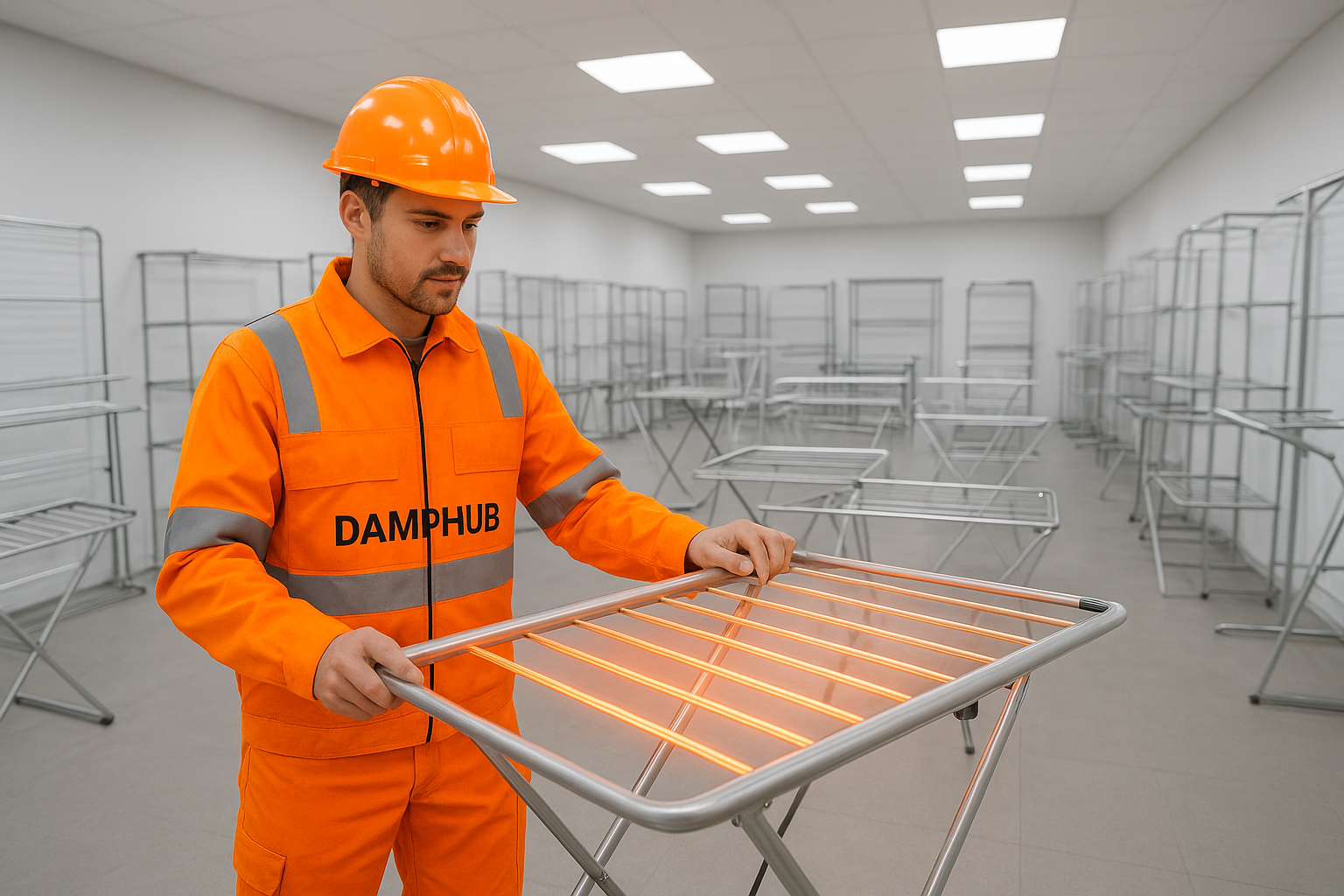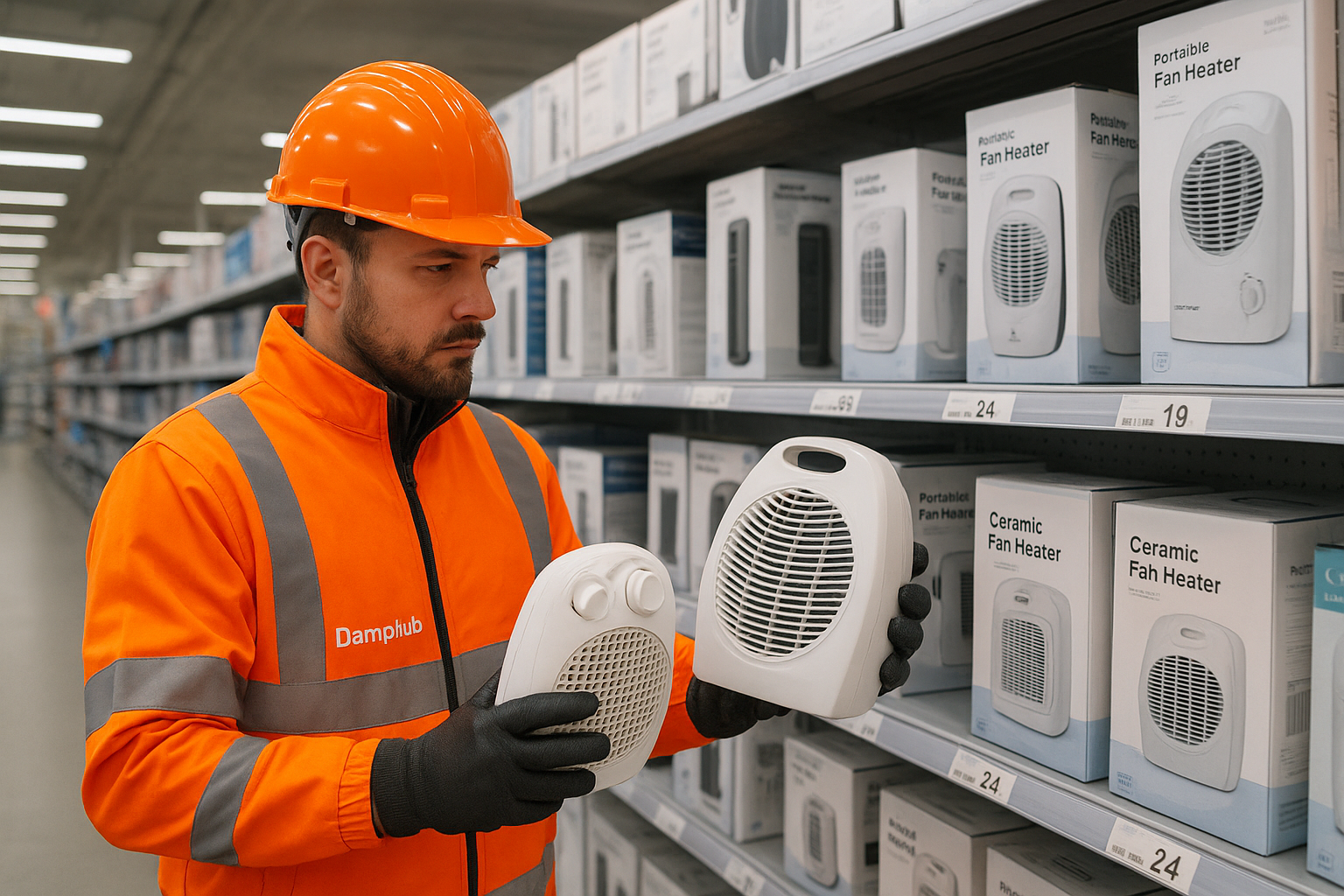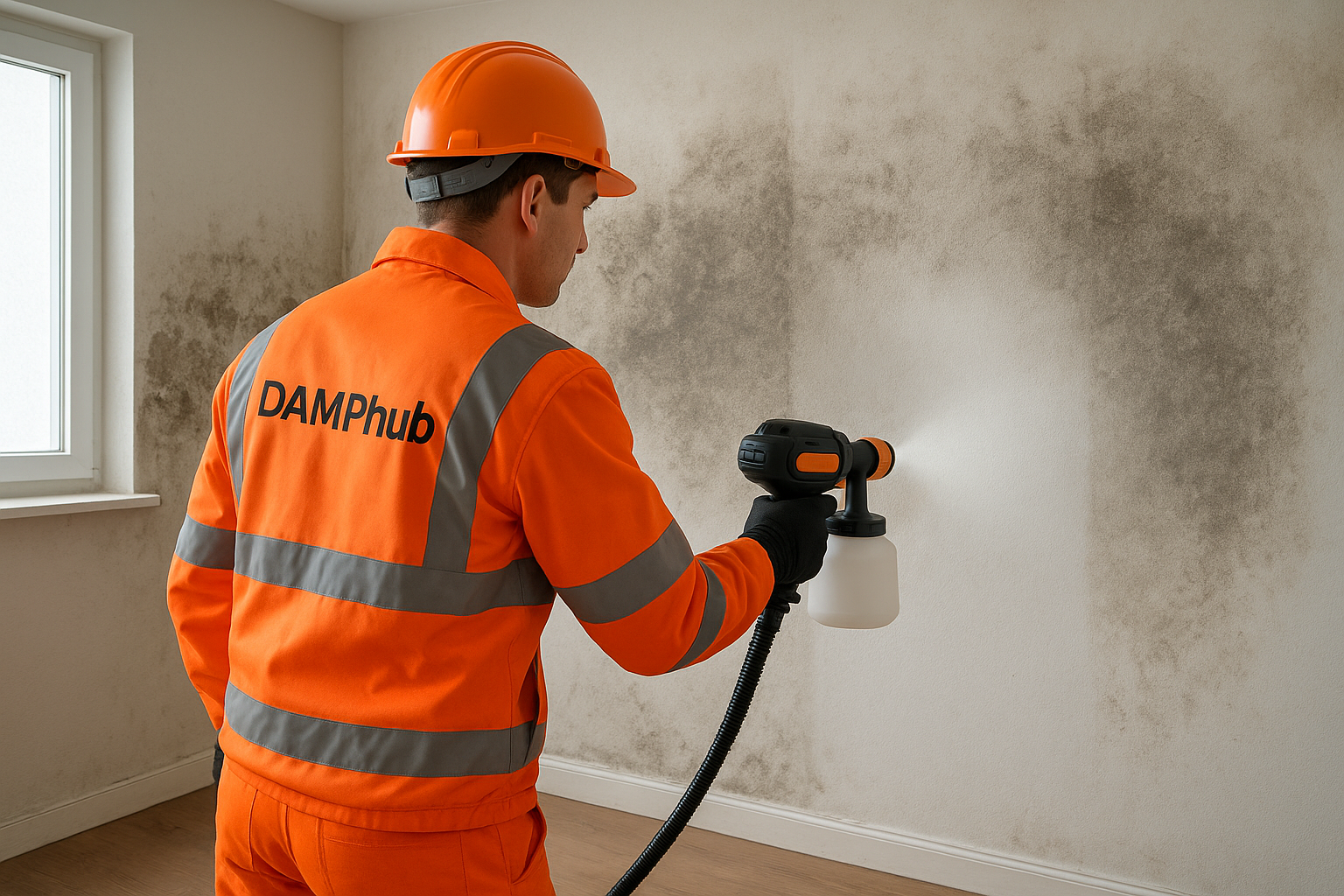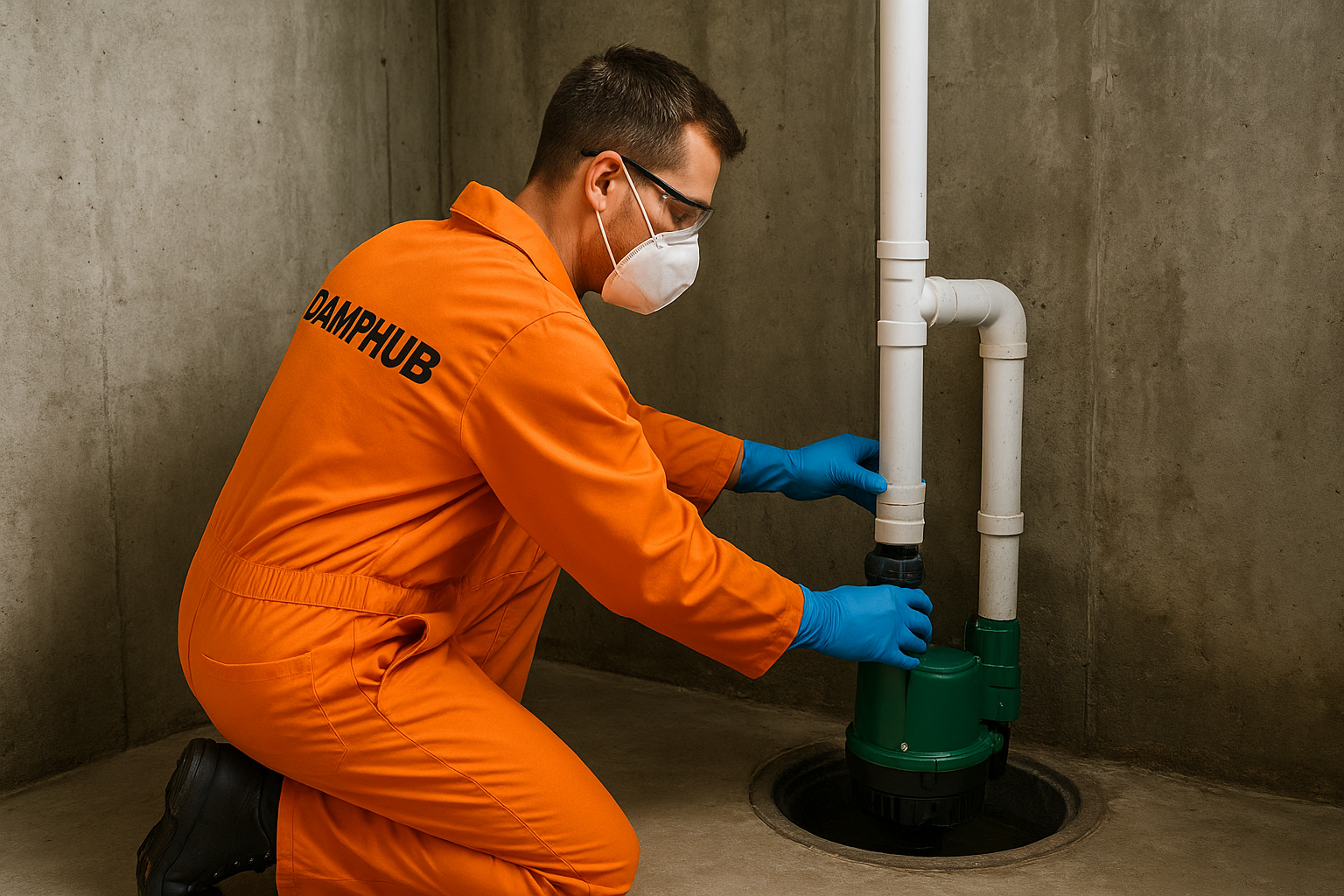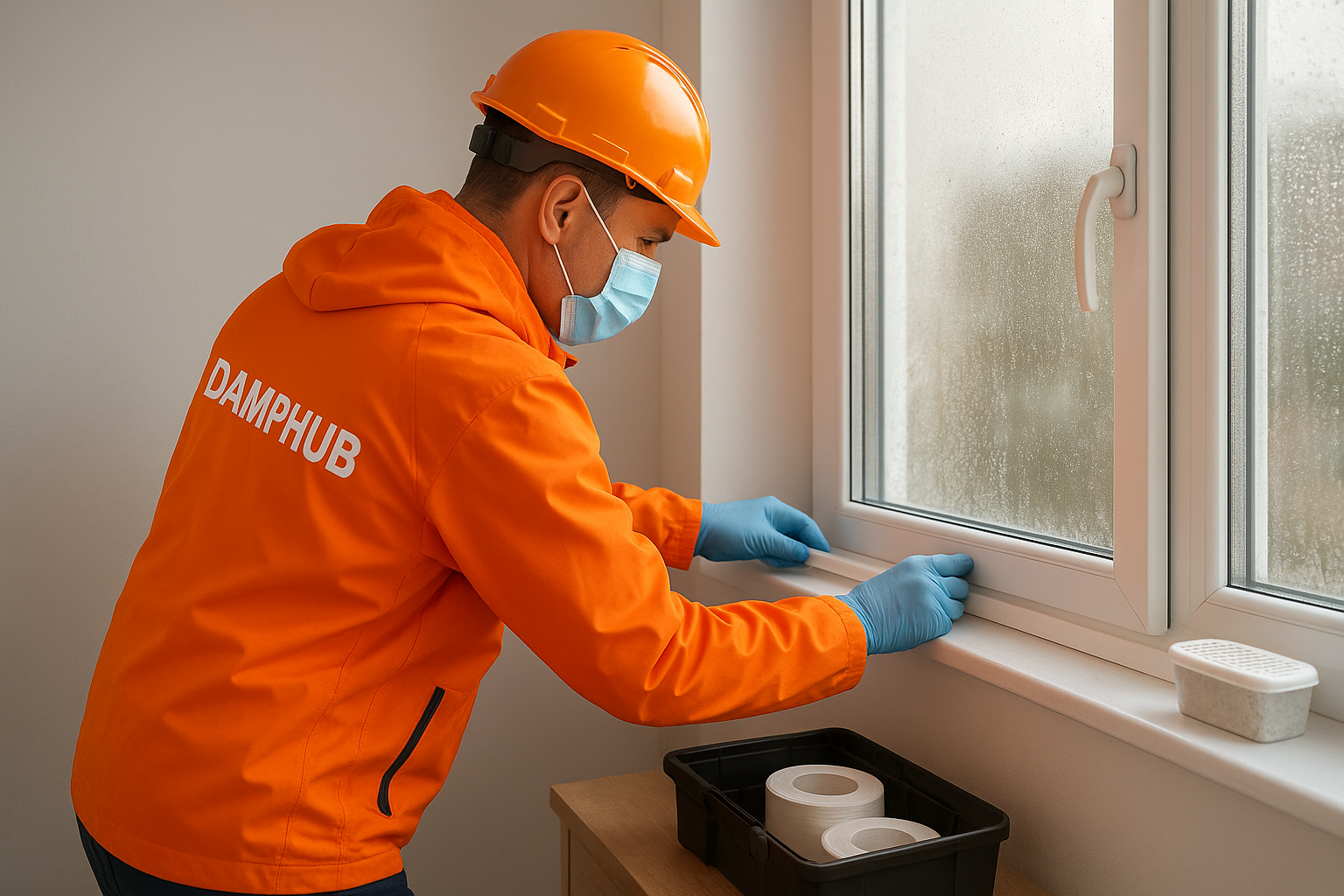Top 10 Heated Clothes Dryers for Fast Drying in Damp Homes (UK 2025)
We reviewed the top 10 best heated clothes dryers, breaking down the difference between the economical folding airers and the powerful, quick-drying cabinets. Use our expert guide to decide which model will best solve your moisture problems and make laundry day stress-free.

